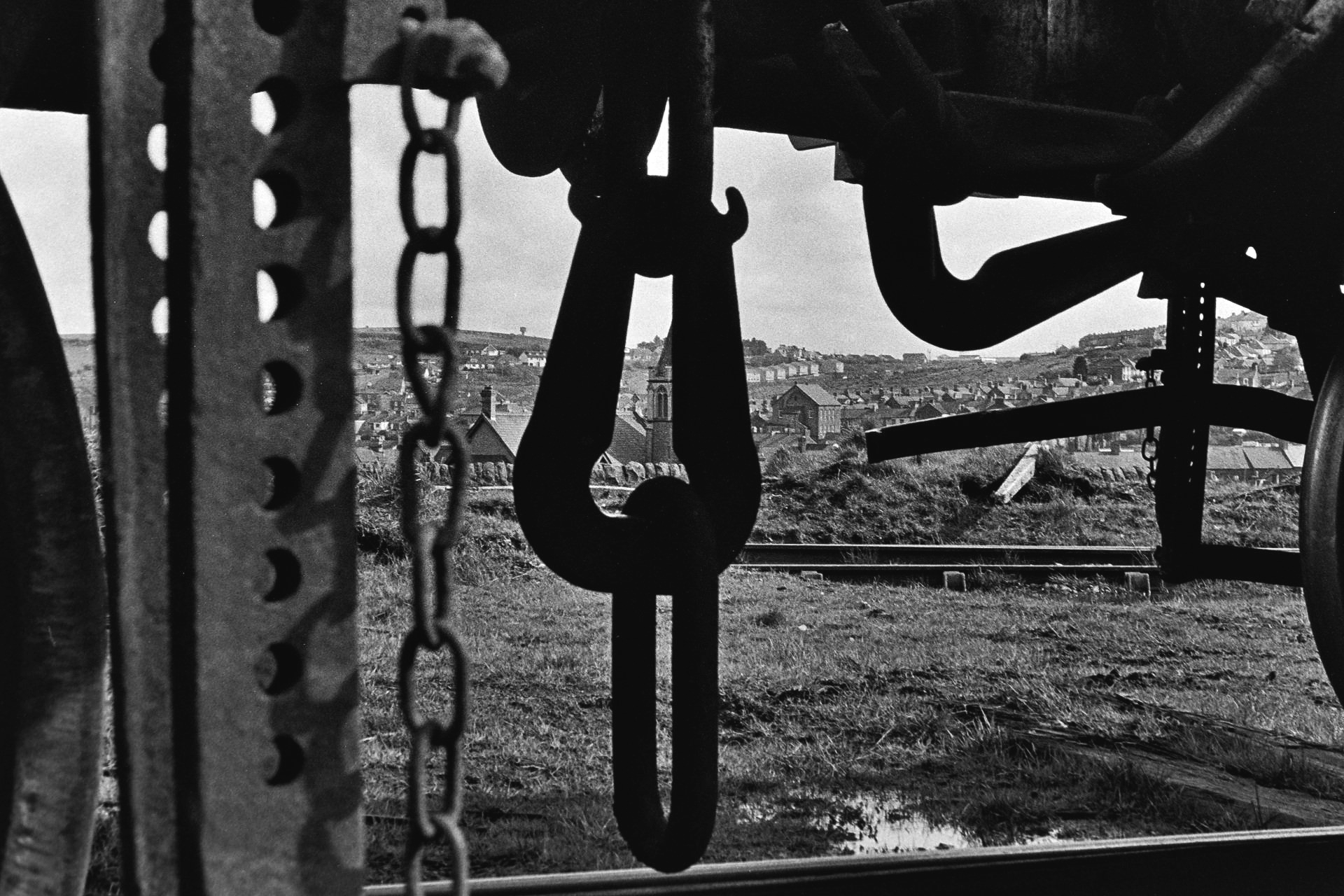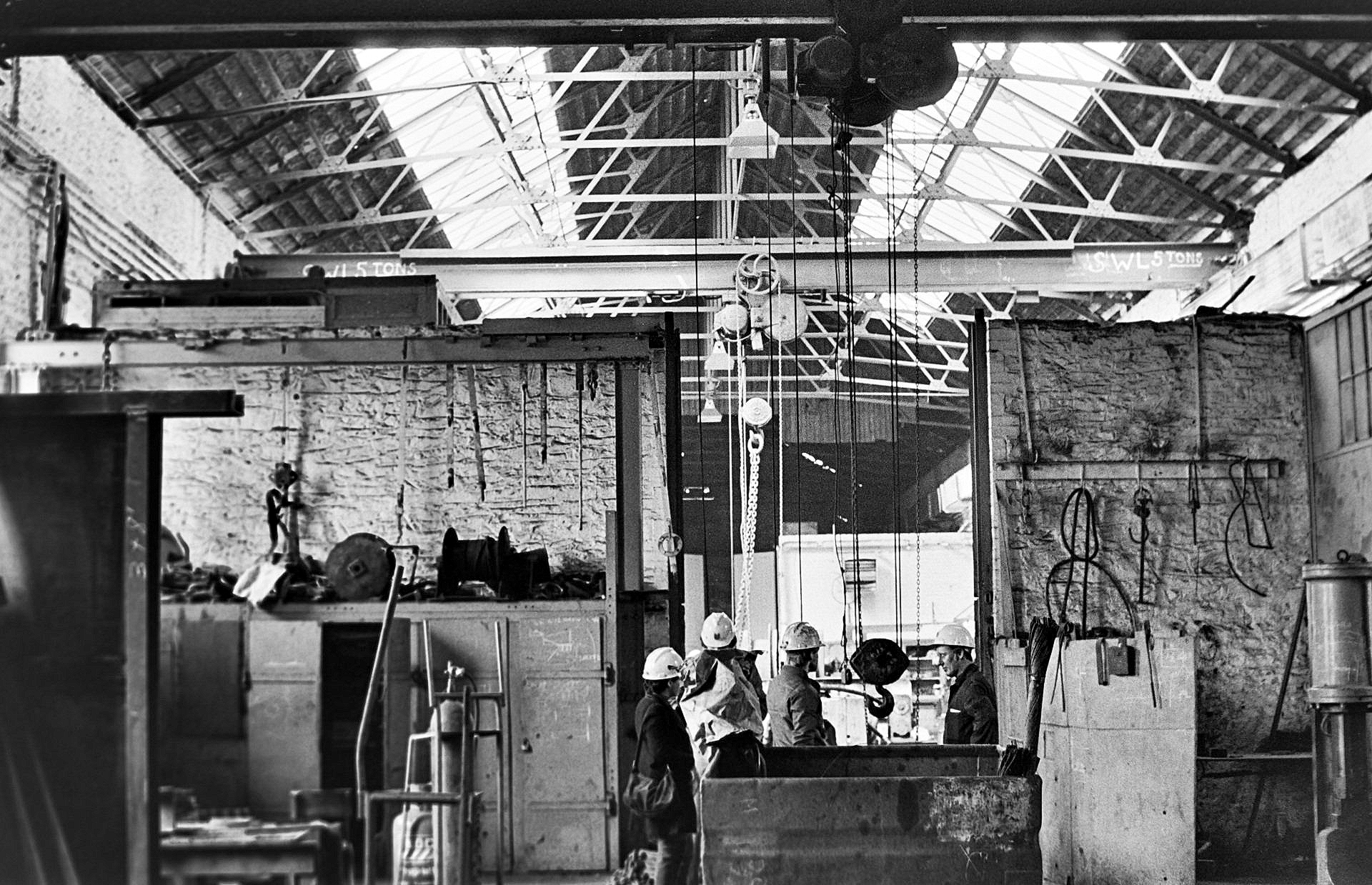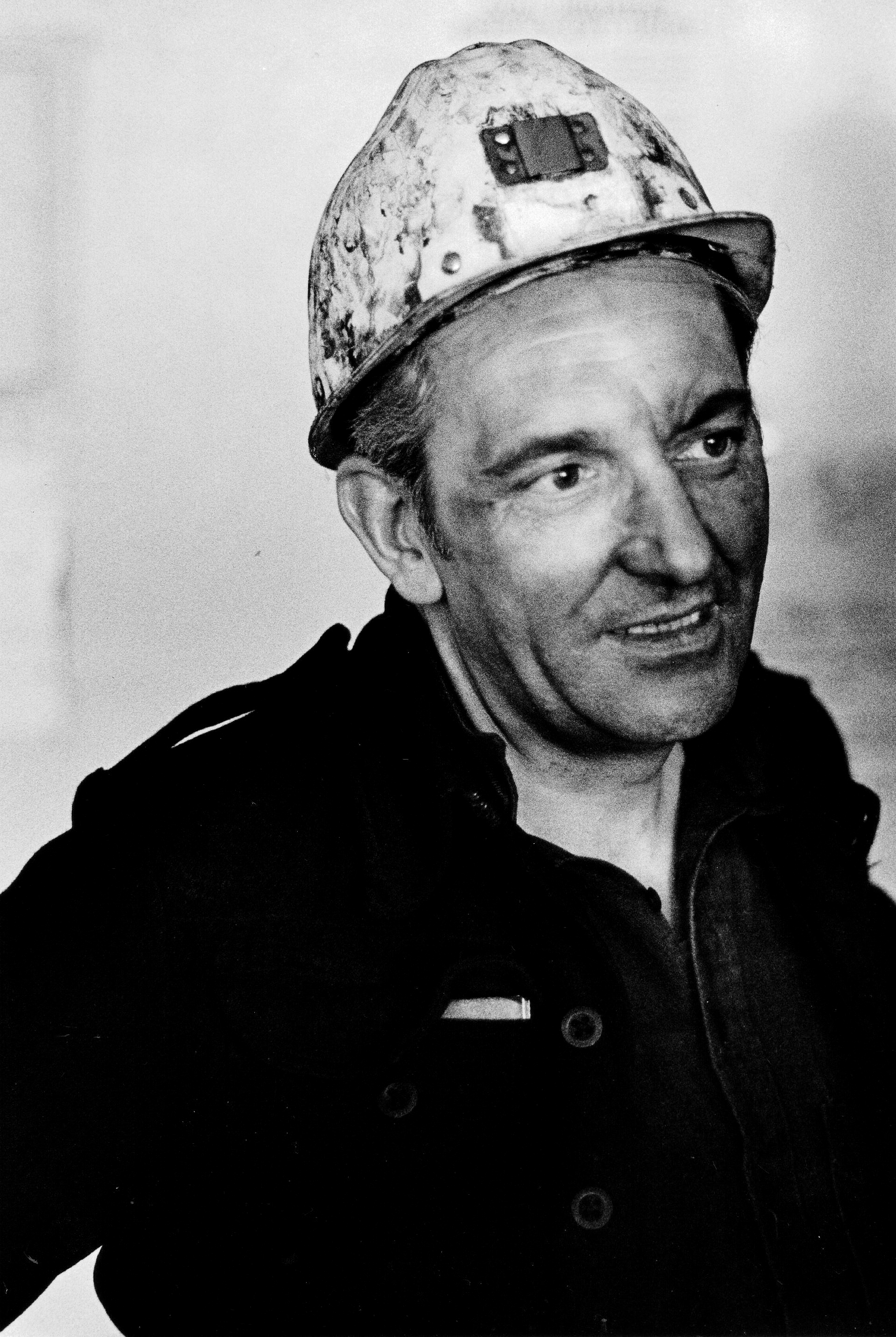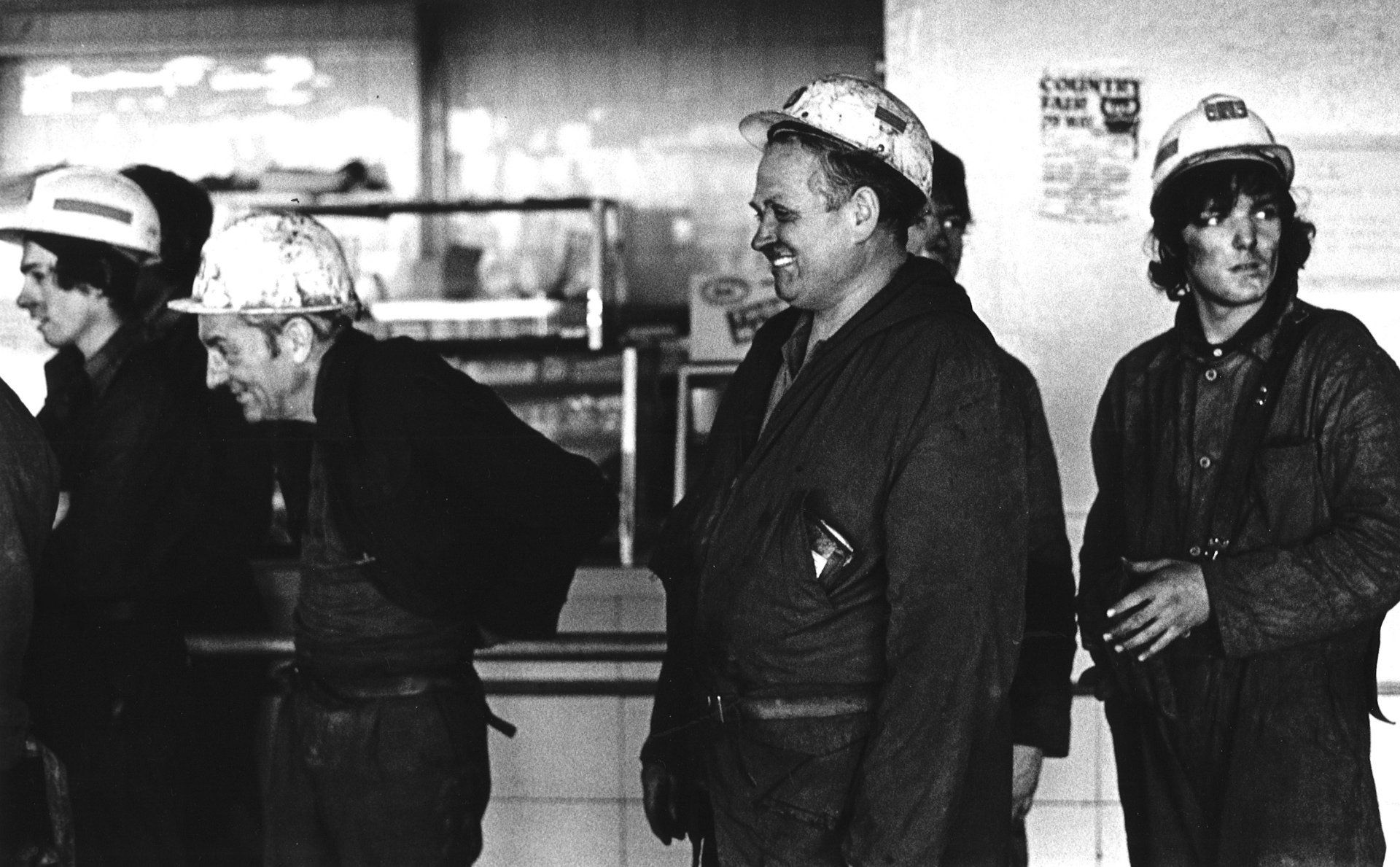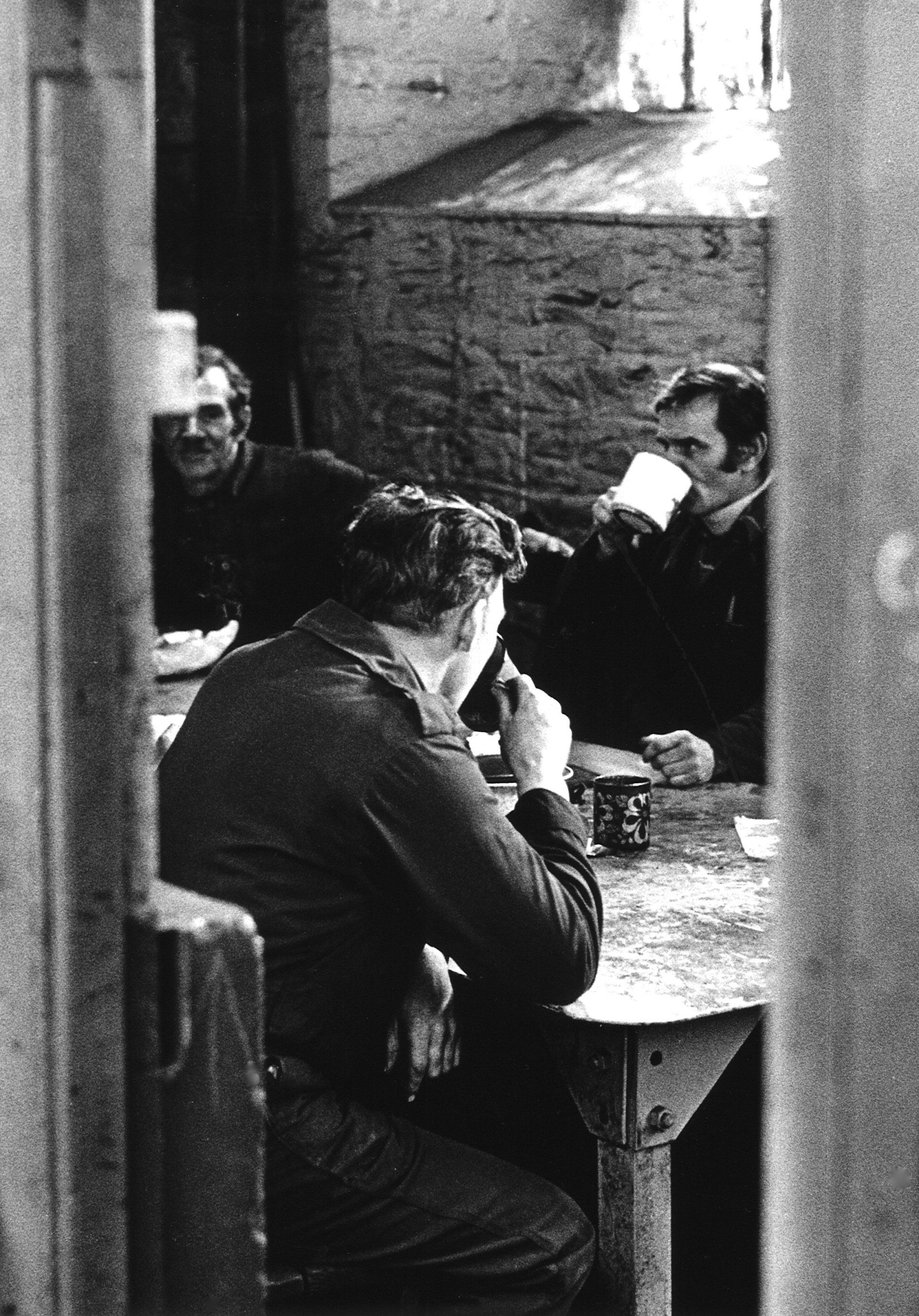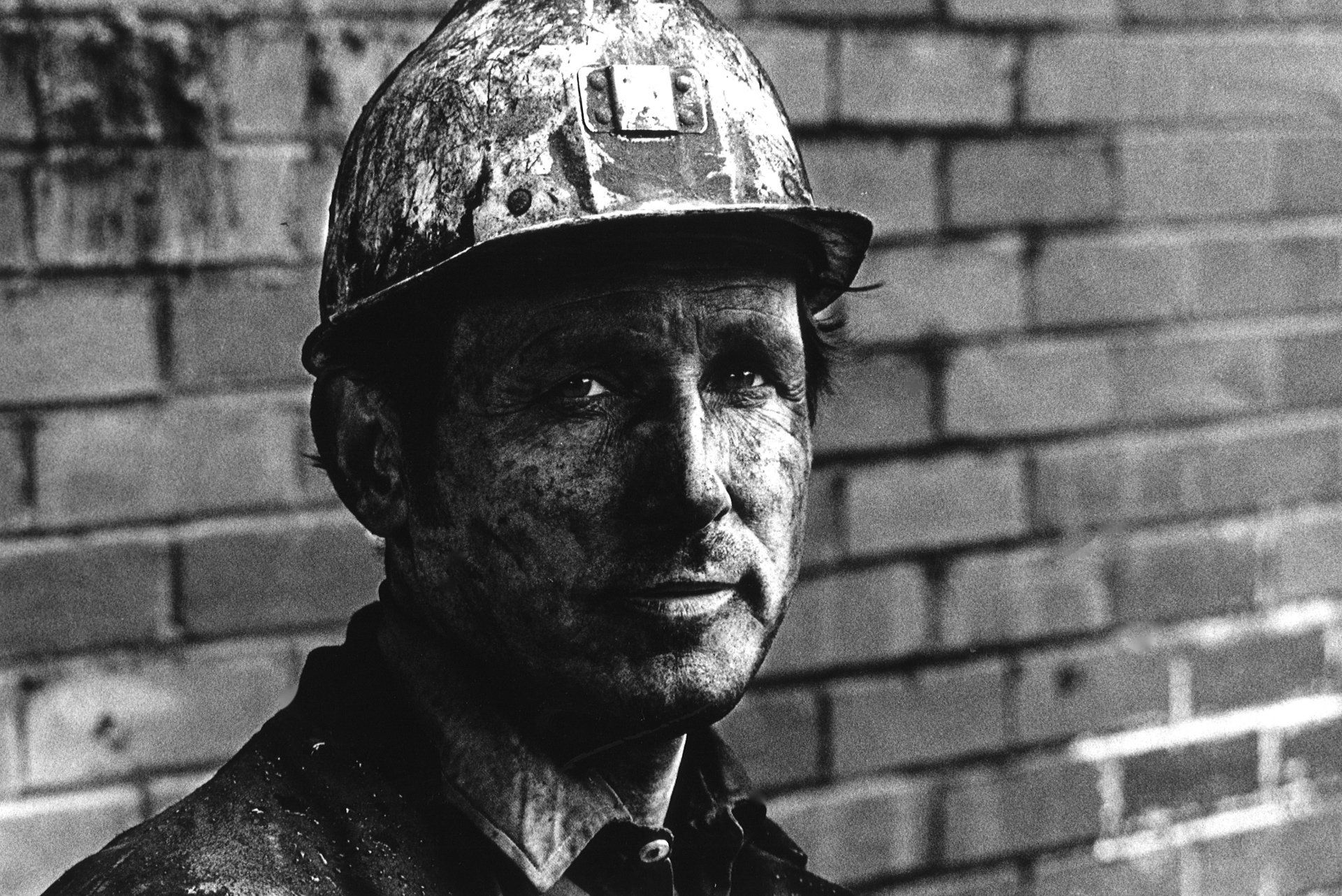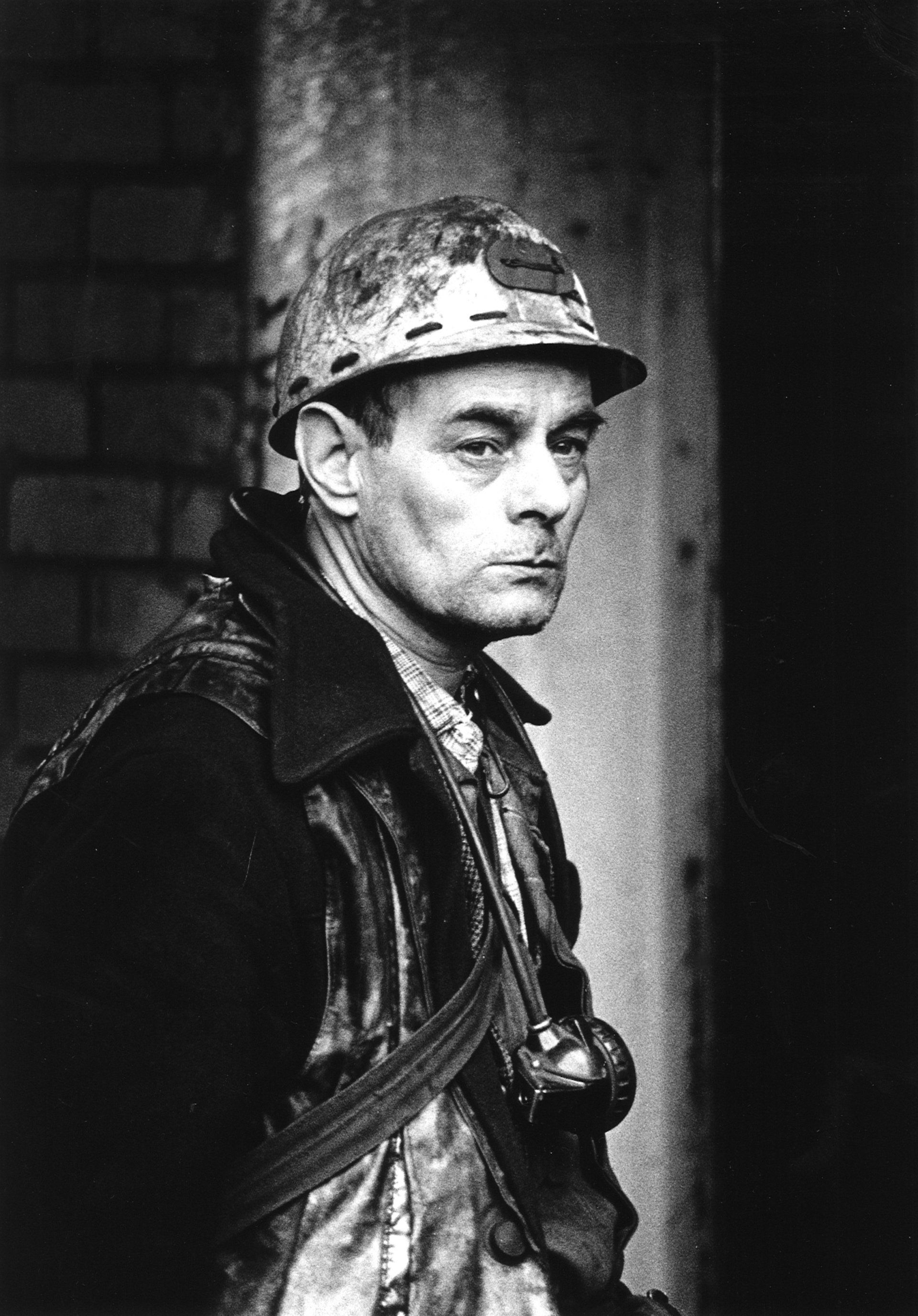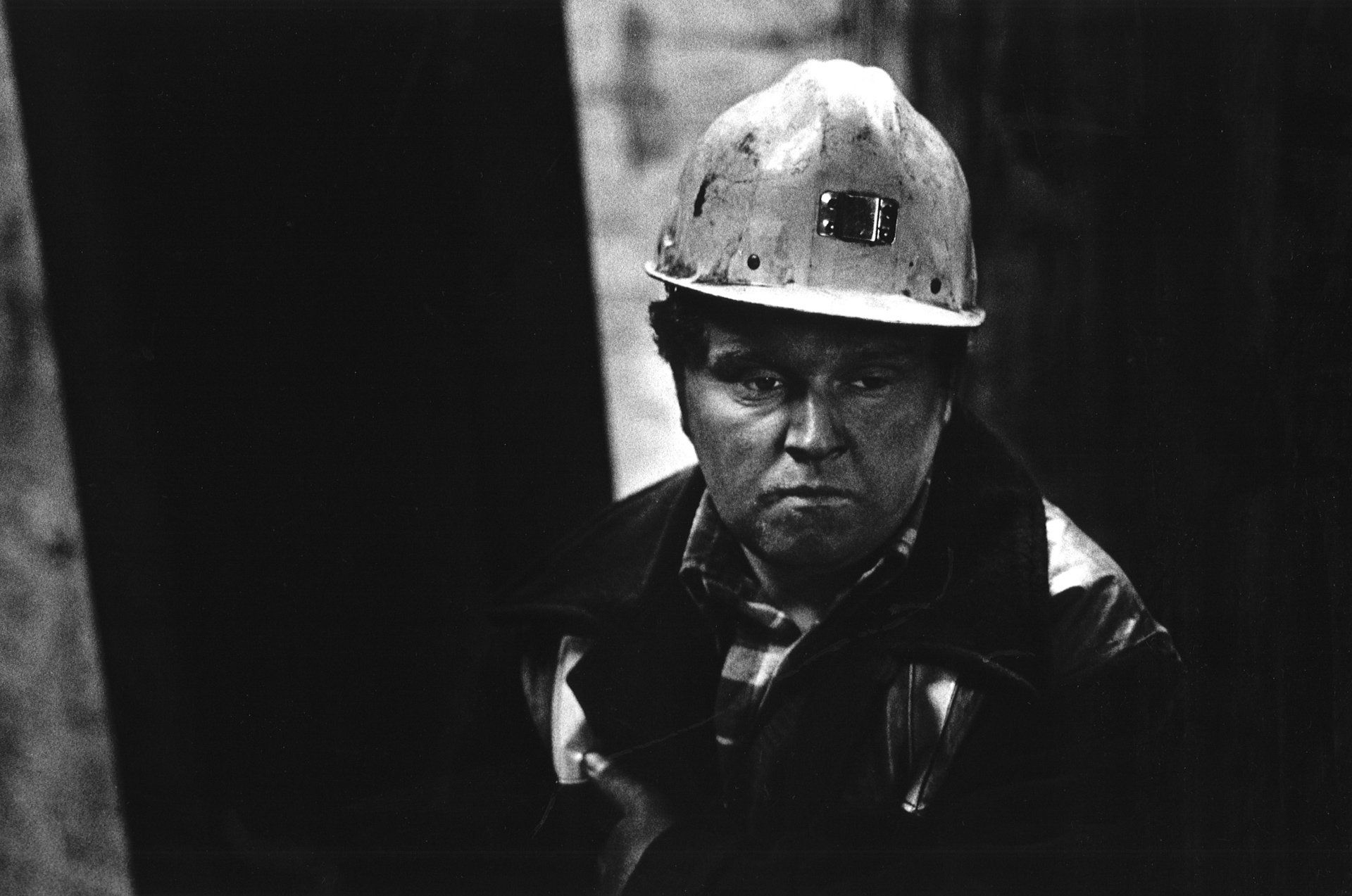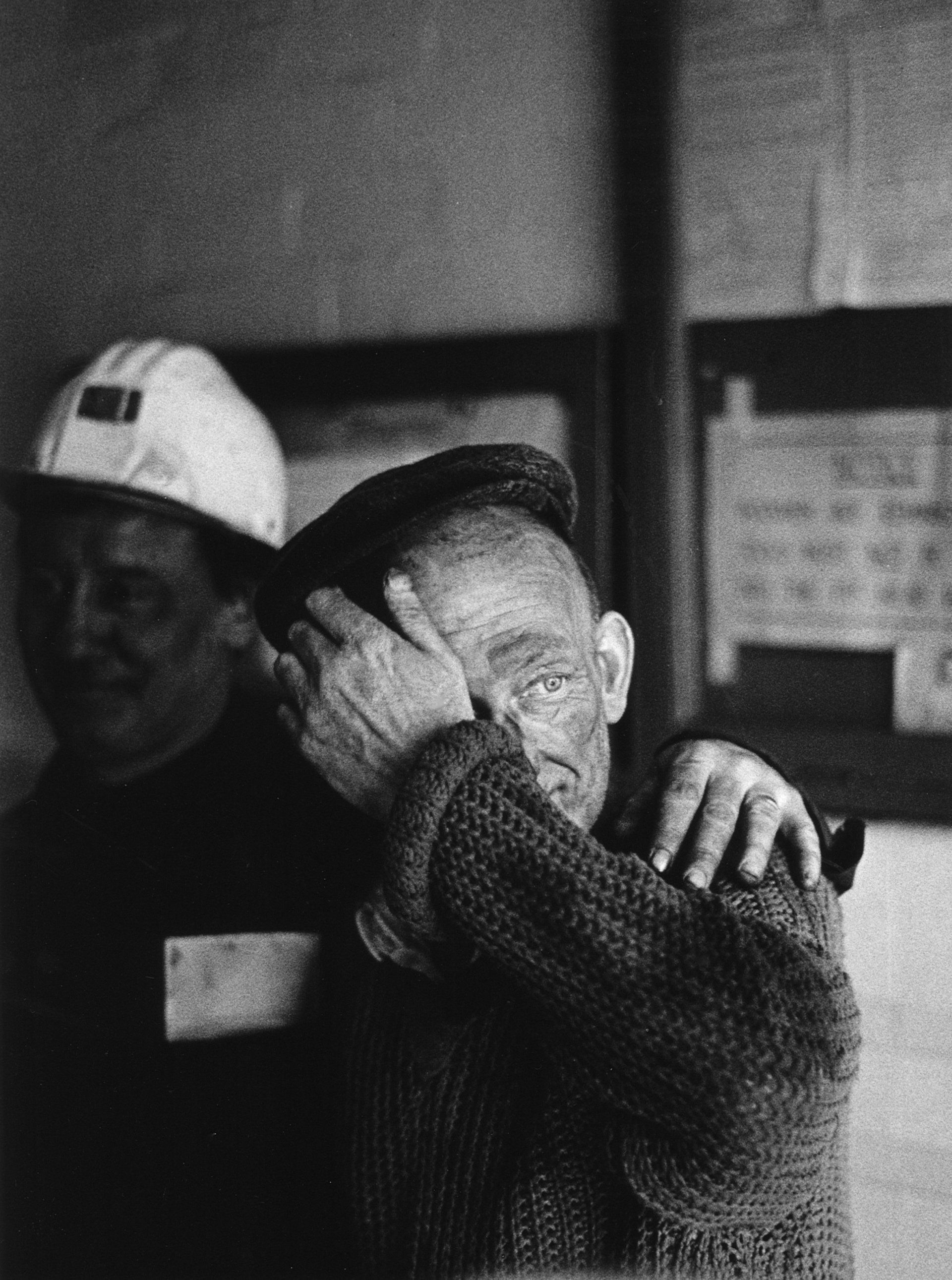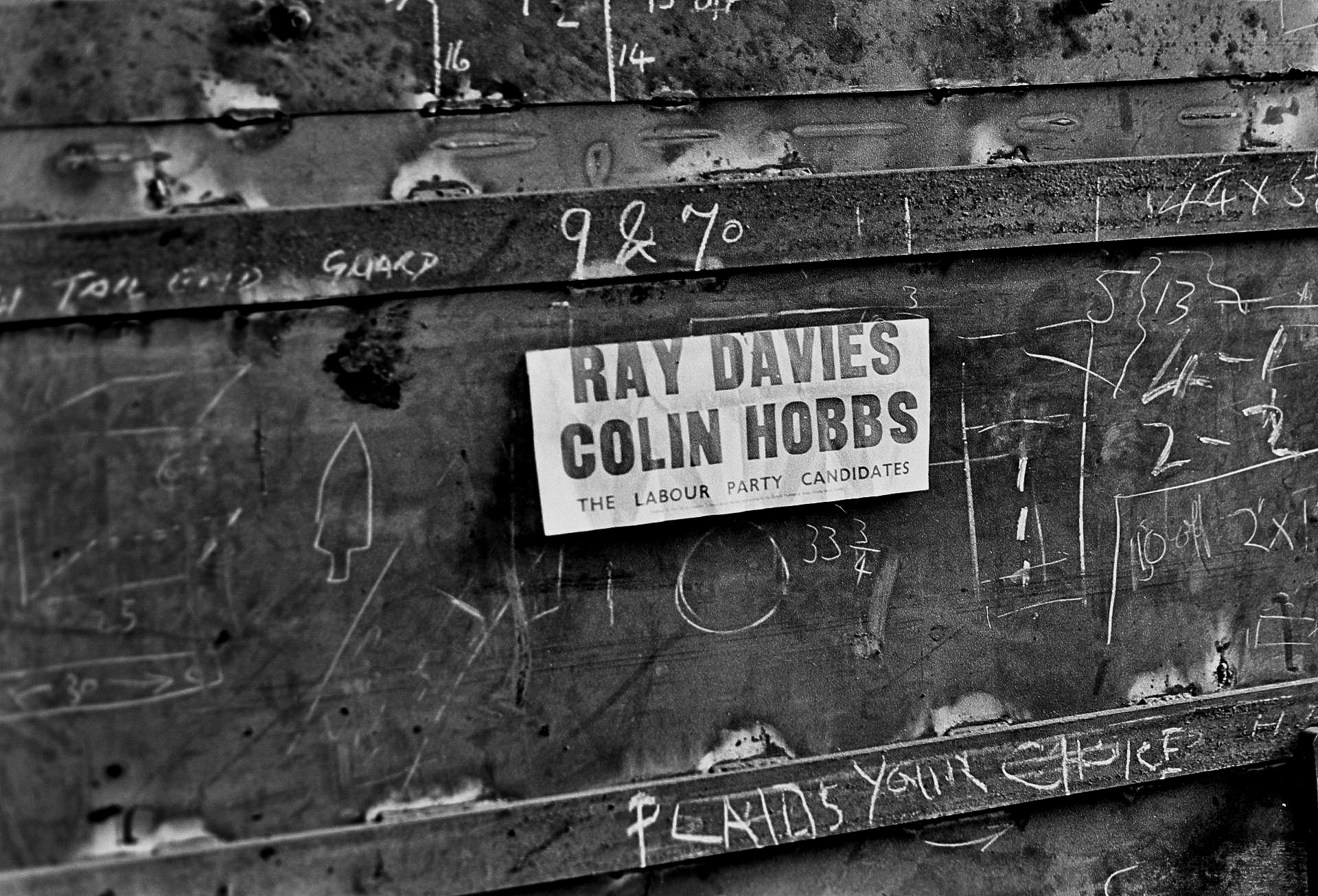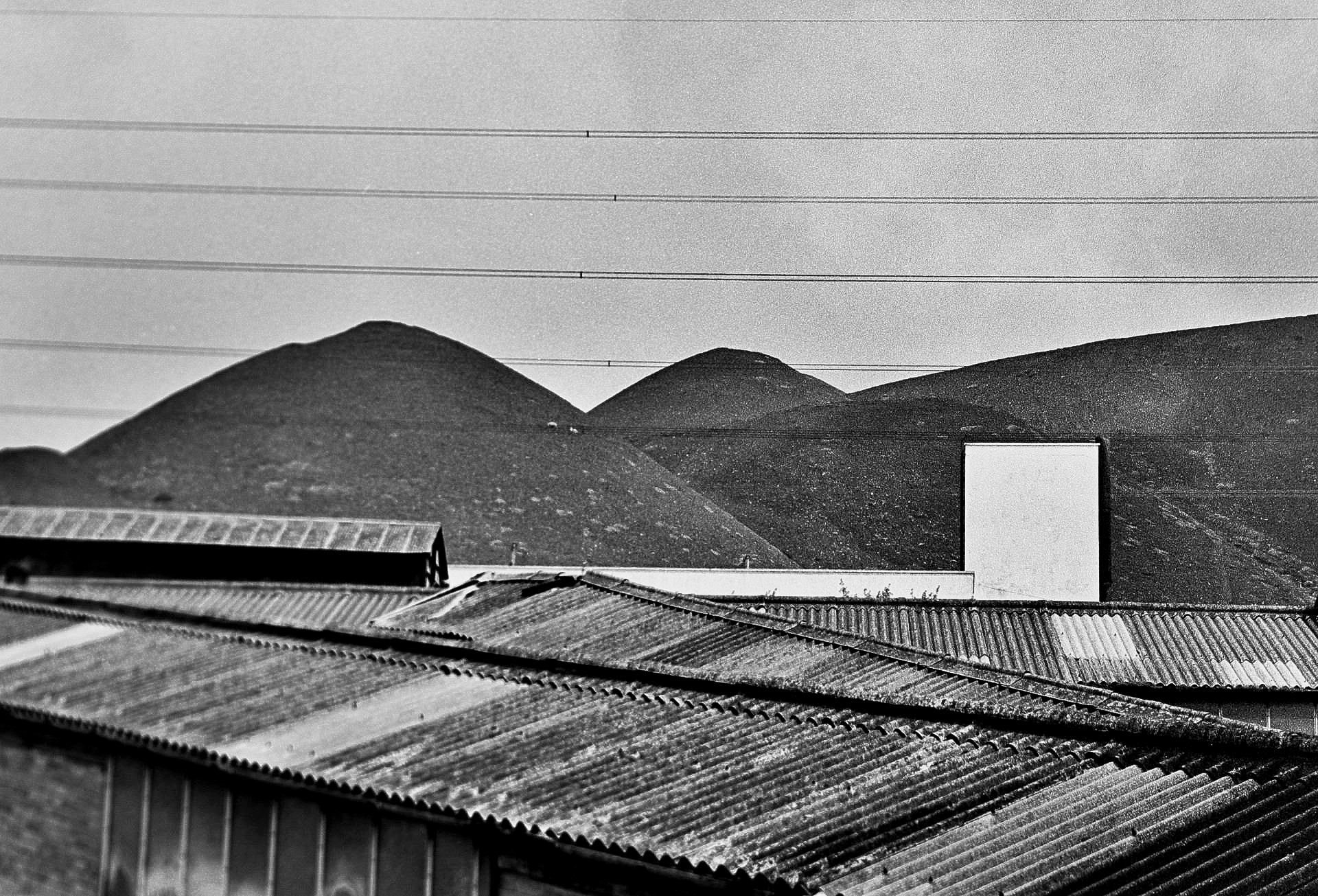WELSH MINERS: THE END OF AN ERA
A story of an industrial town
Maesteg, Llynfi Valley
Living near the colliery
The village
overshadowed by slag
The two faces of the union
in the 1970s
Trucks waiting to transport coal
Pit props
Working in the colliery office
Going back down the mine
Conversing with the store man
The workshop
Time to smile
Sign in the canteen
Taking a break in the workshop
Men waiting to load the coal trucks
A medical trolley in the Infirmary
The lift operator
Checking
In the cage
Dirty faces
A sense of hopelessness
The Labour strongholds
of South Wales
The man-made landscape
...and what remains?
Many of my formative years as a teenager and then a young man were characterised by the decades of the 1960s and 1970s. I was blissfully aware of the way that the world was developing as I was cocooned in the safety of middle-class suburbia of Essex. My Dad had a steady job as a college lecturer, my Mum kept house and once my sisters and I were old enough to get to school, she found herself working in a nursery school. Many would say that we were well-off with our annual camping holidays abroad, two cars, cheese and wine parties and even a fondu pot! My eyes were opened when I went to Art College and started to look beyond my secure existence. By the mid seventies, strikes were crippling the country as the Unions went into the 'clinch' with each Government of the day. Then along came Margaret Thatcher. Are am not going to argue for or against de-nationalisation here. What I am going to do is state the obvious. With change comes both profit and loss. Yes, we may have improved financially as a country but much of our industrial heritage disappeared and with it a way of life for a whole generation. Even now, some parts of England and Wales have still not fully recovered. Others have recovered but only to become 'living museums' of the past as is the case of a few mining communities.
I visited the mining towns of Wales in the last years of the decade. Pay and conditions of miners was on the agenda but the future was not yet visible. The photographs I took hint at what was to come. It is only now, looking back that I have become aware of how important my pictures are to understanding that story. The Miners Strike was one of the bitterest modern day conflicts between workers and government. We can look back now at see that it heralded the end of an era. My photographs are a foreshadowing of what was to come. The faces that look out from the photographs now have a haunting sense of the frailty of humanity.
